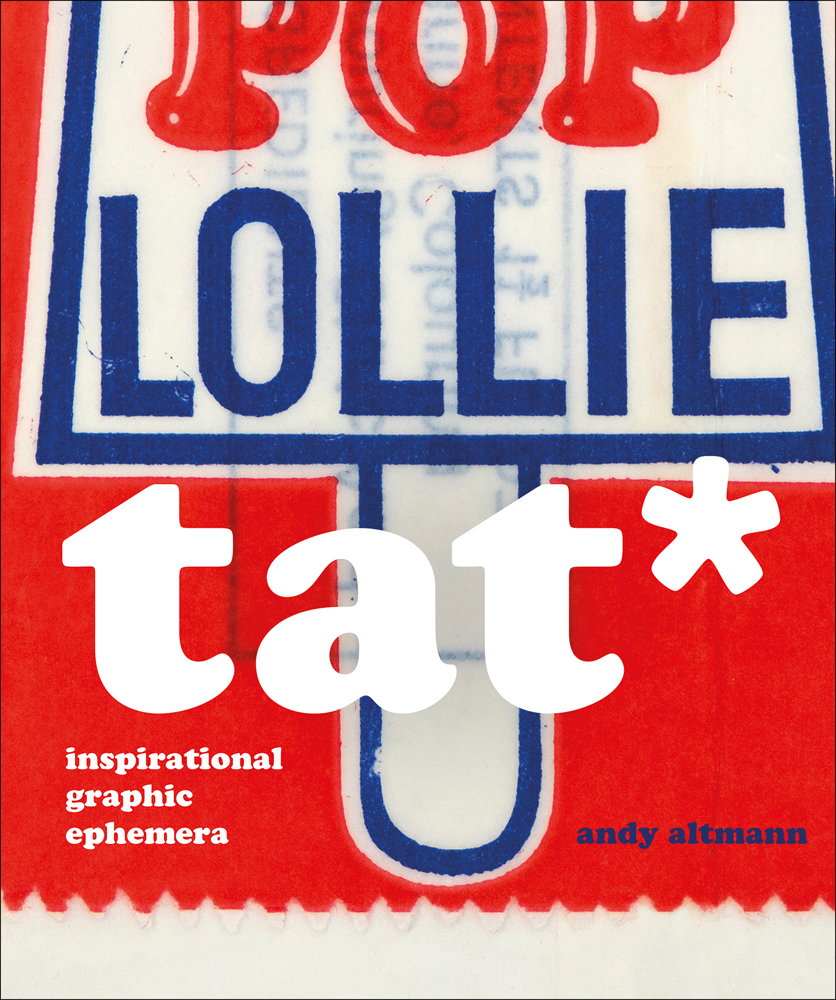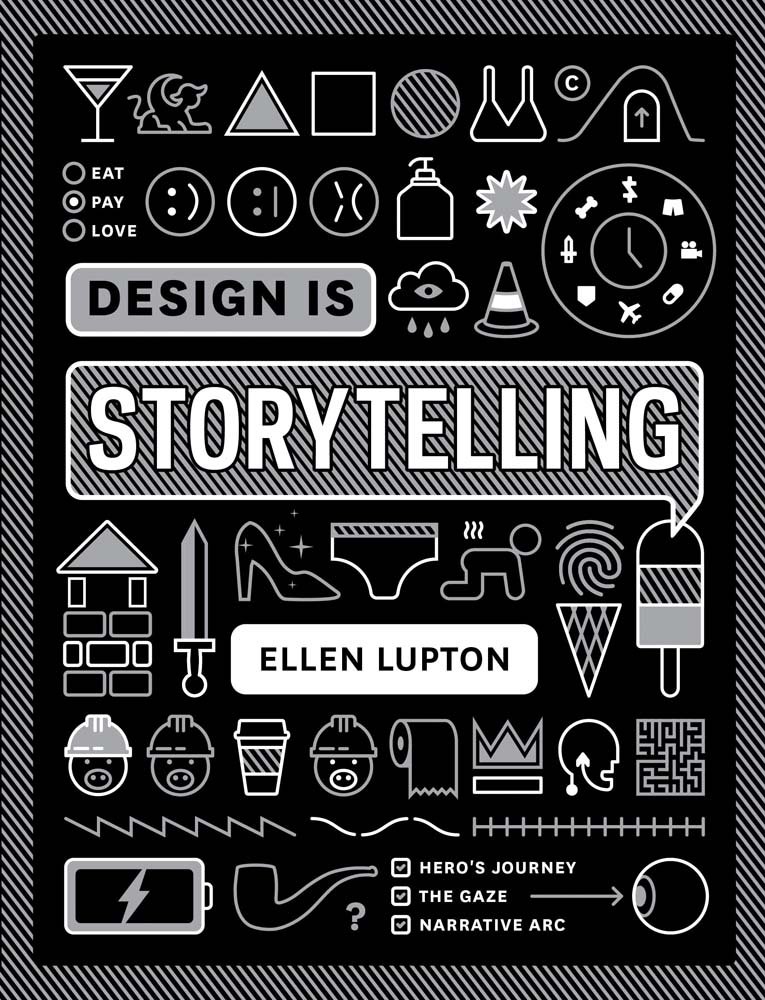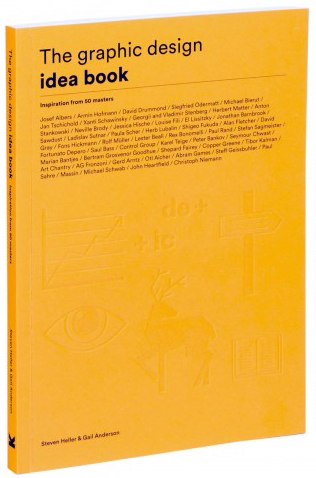Tat* is a bit of a graphic designer’s curse. Walk into any design studio and you will see tat pinned to the walls or placed with loving care on top of a computer screen. Even the purist will have a secret cache hidden away somewhere.
Andy Altmann began collecting tat while he was on his Foundation course, getting ready for an interview at St Martins School of Art. He’d been asked to present a sketchbook, but worried that he couldn’t draw very well, he decided to start a scrapbook: “I rummaged through the drawers at home and found some football cards from the late 1960s and early ’70s (plenty of Georgie Best), an instruction leaflet from an old Hoover, Christmas cracker jokes, and so on. Then I started on the magazines, cutting out images of anything that interested me. And finally I took myself off to the college library, where I photocopied things from books before reaching for the scissors and glue.” It was the beginning of a significant collecting habit.
So what it is that makes a piece of graphic tat interesting? Is it the ‘retro’ thing – a fascination with a bygone age, the primitive printing techniques, the naivety of the design, or the use of colour? All of the above, of course, but it’s not quite that simple. “Occasionally people offer me something they’ve found that they think I might like”, says Andy. “But usually they’re wrong – it doesn’t excite me at all. The magic is missing.”
To a graphic designer, most the content of this book can safely be regarded as ‘bad’ design. But there is some magic in each and every piece that has made Andy either pick it up off the street, trail through online links, or enter some dodgy looking shop on the other side of the world just to snap it up. Here you’ll find everything from sweet wrappers to flash cards, from soap powder boxes to speedway flyers, from wrestling programmes to bus tickets. More tat than you can shake a stick at. Taken together, it represents a lifetime of gleeful hunting and gathering.
* tat (noun) – anything that looks cheap, is of low quality, or in bad condition; junk, rubbish, debris, detritus, crap, shite
Related products
-
Design - Graphic Design
A New Program for Graphic Design
A New Program for Graphic Design is the first communication-design textbook expressly of and for the 21st century. Three courses―Typography, Gestalt and Interface―provide the foundation of this book. Through a series of in-depth historical case studies (from Benjamin Franklin to the Macintosh computer) and assignments that progressively build in complexity, A New Program for Graphic […]
325 SEK -
Graphic Design
Design Is Storytelling
Good design, like good storytelling, brings ideas to life. The latest book from award-winning writer Ellen Lupton is a playbook for creative thinking, showing designers how to use storytelling techniques to create satisfying graphics, products, services and experiences. Whether crafting a digital app or a data-rich publication, designers invite people to enter a scene and […]
245 SEK -
Graphic Design
The Graphic Design Idea Book: Inspiration from 50 Masters
This book serves as an introduction to the key elements of good design. Broken into sections covering the fundamental elements of design, key works by acclaimed designers serve to illustrate technical points and encourage readers to try out new ideas. Themes covered include narrative, colour, illusion, ornament, simplicity, and wit and humour. The result is […]
245 SEK -
Graphic Design
100 Ideas That Changed Graphic Design
This accessible book demonstrates how ideas influenced and defined graphic design. Lavishly illustrated, it is both a great source of inspiration and a provocative record of some of the best examples of graphic design from the last hundred years. The entries, arranged broadly in chronological order, range from technical (overprinting, rub-on designs, split fountain); to […]
225 SEK



















